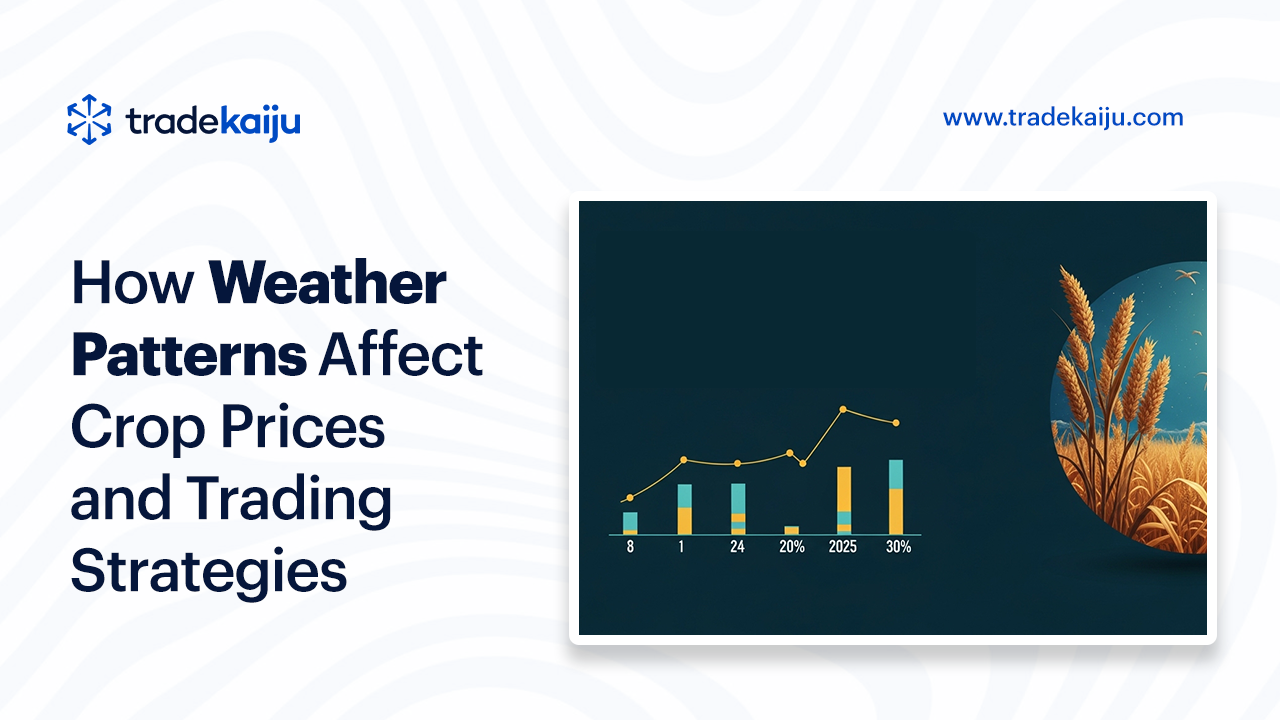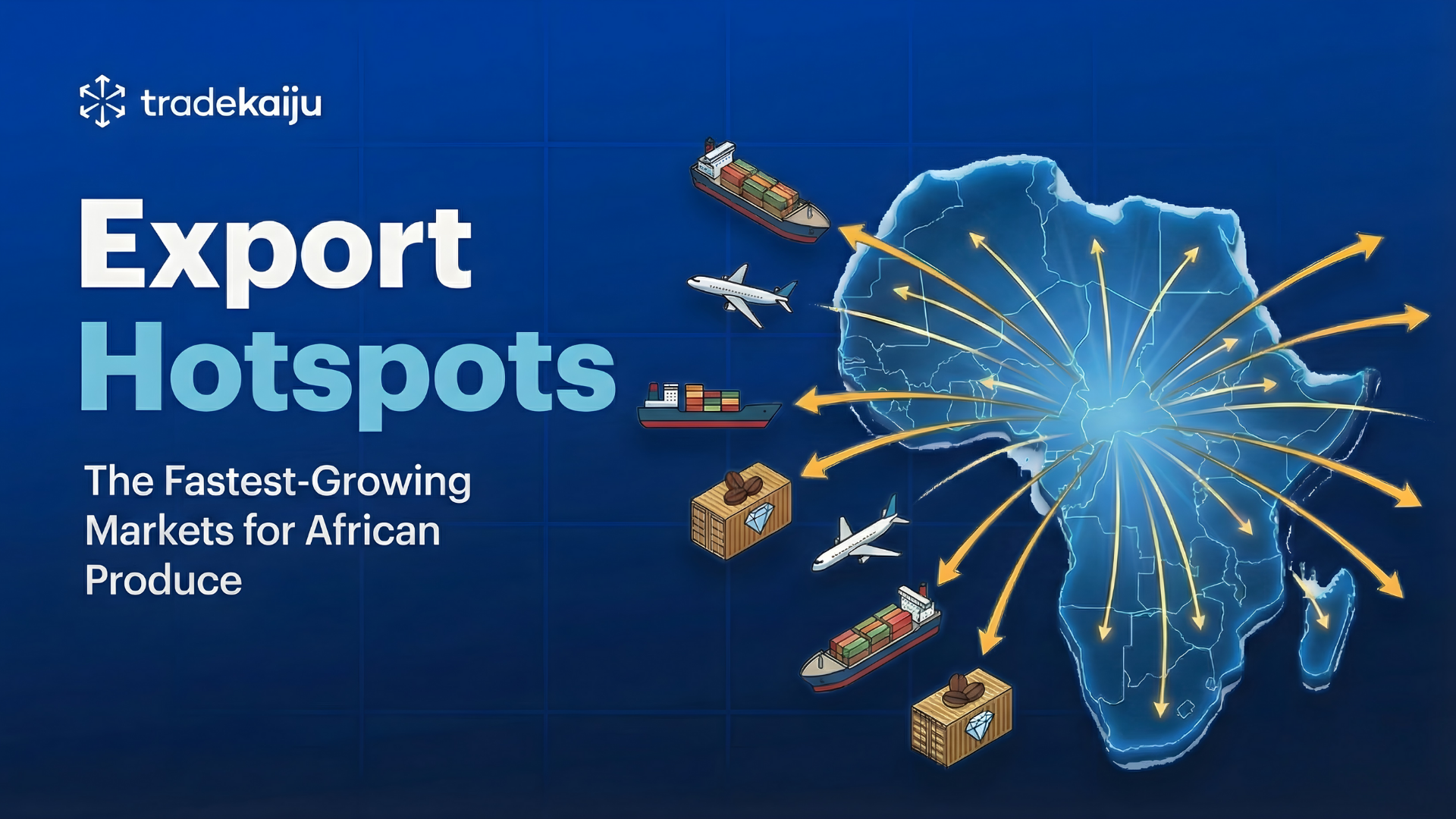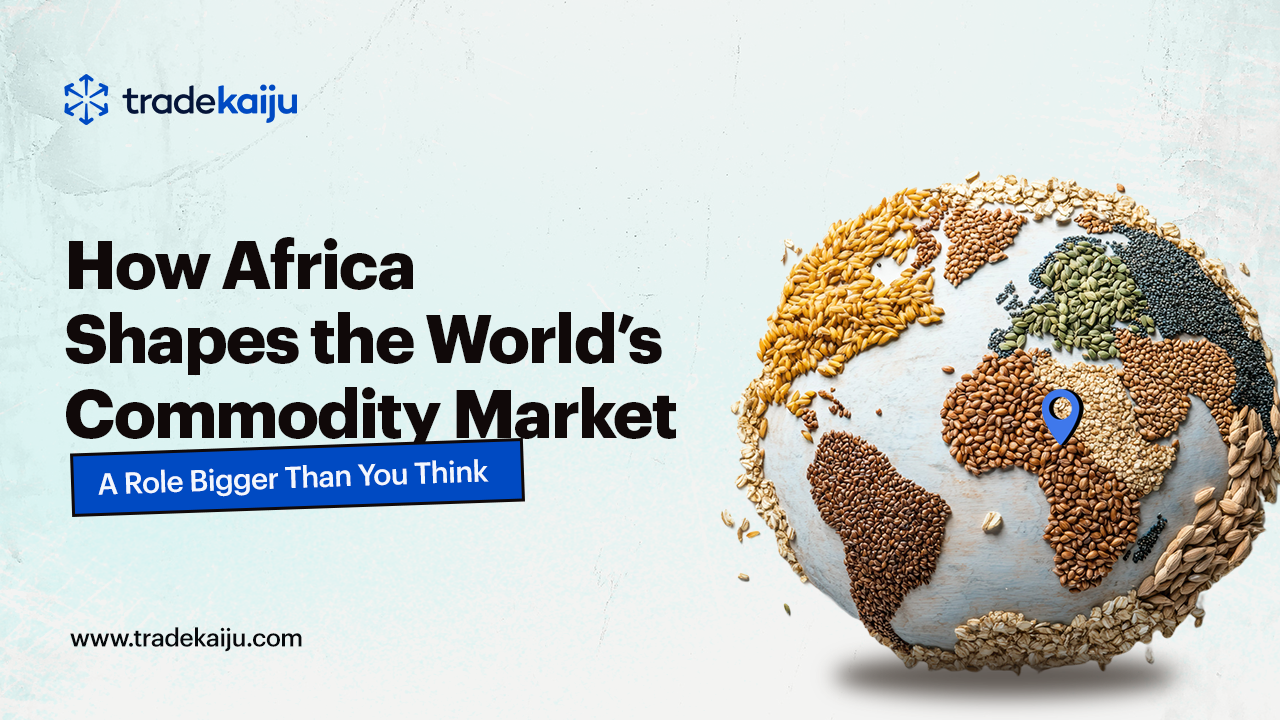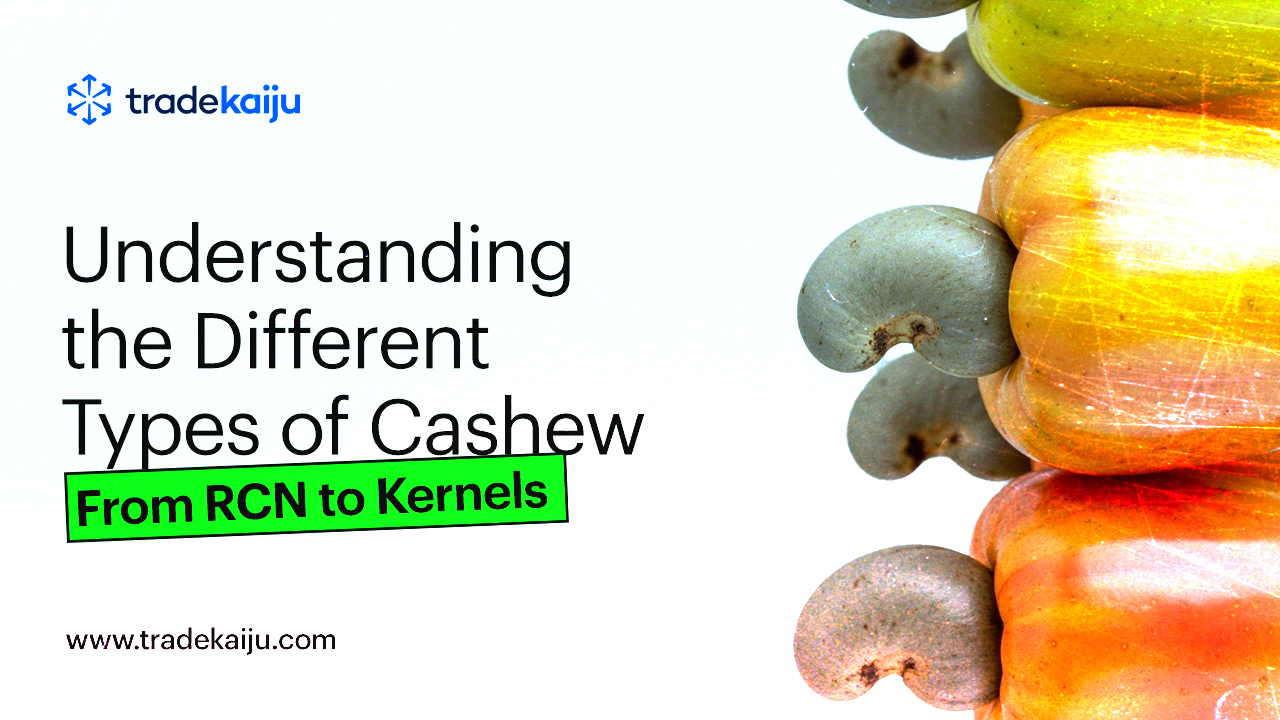How Weather Patterns Affect Crop Prices and Trading Strategies
Date Posted: 2025-06-04 04:08:46

When it comes to agriculture, weather is more than just small talk. For farmers and agrotraders, it’s a game-changer. One bad season can send crop prices soaring or crashing overnight. And with climate patterns getting more unpredictable (especially in regions like Africa) understanding how weather affects commodity markets has never been more important.
In this blog post, we’ll explore how shifting weather conditions affect agriculture and what trading strategies you can adopt to stay ahead.
How Weather Patterns Affect Crop Prices
Weather patterns directly impact crop yields, quality, and harvest times. A drought, excessive rainfall or flood, or can reduce supply significantly, causing crop prices to surge. On the other hand, perfect weather conditions can lead to bumper harvests, which may oversaturate markets and bring prices down.
It is important to note that a lot of agricultural commodities like coffee, cocoa, maize, soybeans, and wheat are highly sensitive to weather conditions.
Currently, global cocoa prices are rising due to reduced yields caused by climate changes in Ivory Coast and Ghana, which are the world’s top producers of the commodity. Unpredictable rainfall leading to too much rain causes cocoa pod rot while too little rain stunts cocoa tree growth. Also, warmer, wetter conditions boost the spread of pests like the cocoa pod borer and diseases like black pod rot.
As a result, reduced yields due to the poor weather in these West African countries have driven global cocoa prices up.
Some key factors influenced by weather include:
Crop yield and quality: Adverse weather lowers both crop yield and quality.
Supply chain disruptions: Flooded roads and ports can delay shipments.
Production costs: As a result of adverse weather, farmers spend more on irrigation, pest control, or damage recovery.
Market speculation: Traders anticipate shortages and adjust prices accordingly.
Given the growing climate impact on agriculture, savvy traders and agribusinesses are adapting their agricultural trading strategies to mitigate risk and maximize opportunities. Here's how:
Weather Monitoring and Forecasting Tools:
Modern trading platforms and weather apps provide real-time data, helping traders make quicker, more informed decisions about buying and selling commodities.Diversification:
Smart investors spread their risk across multiple commodities (e.g., trading both soybeans and wheat) to avoid heavy losses if one sector is hit hard by bad weather.Seasonal Trading Patterns:
Traders analyze historical weather patterns to predict seasonal price movements and position themselves accordingly.Insurance and Hedging:
Tools like crop insurance and futures contracts help protect against unexpected weather-related losses, providing a financial safety net.Investment in Climate-Resilient Commodities:
Some investors are turning to crops that are more resilient to changing climate conditions, such as sorghum, millet, and drought-tolerant coffee varieties.
Conclusion:
Climate change isn’t just a passing hurdle, it’s a long-term shift that’s changing the way we grow, trade, and price food. For those in the agrotrading space, keeping an eye on weather patterns, regulatory updates, and climate-smart innovations is essential. When you adjust your strategy to match today’s climate realities, you’re not just protecting your business, but also contributing to building a more sustainable global food supply chain.
Similar Blog Posts

Africa’s agricultural sector is on the rise, and so is global demand for its produce. As the continent continues to bu

Africa isn’t just a participant in the global commodity market, it’s a driver. The continent holds: 30% of the worl

Cashew is one of Africa’s most valuable export crops, yet many people (especially new traders) don’t fully understan